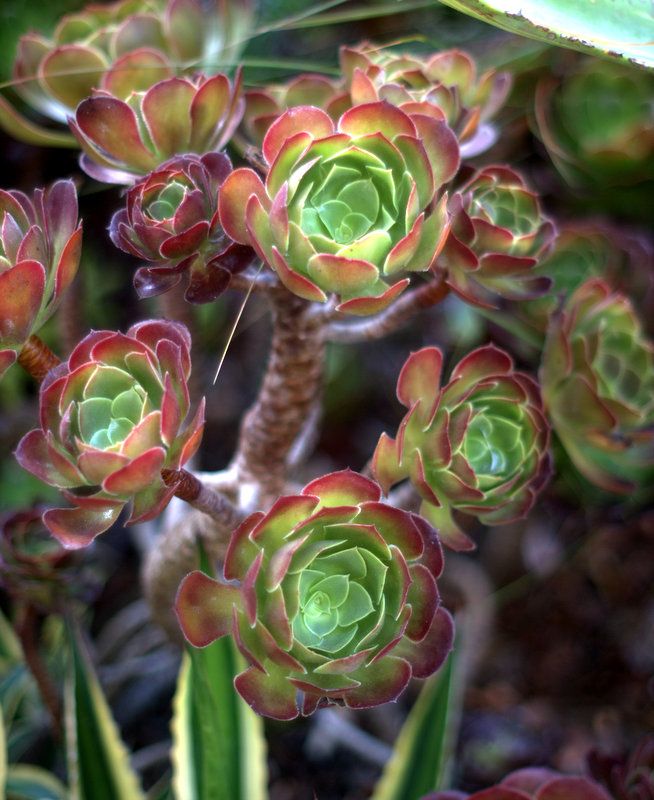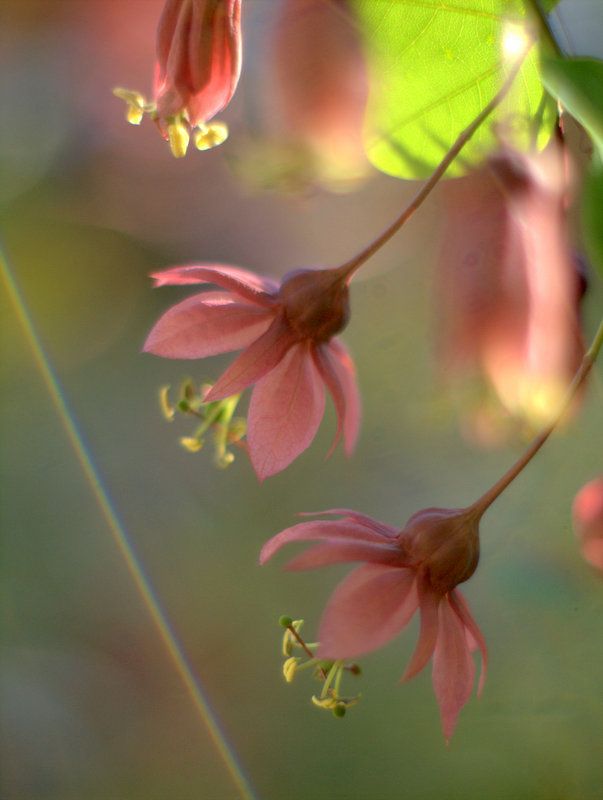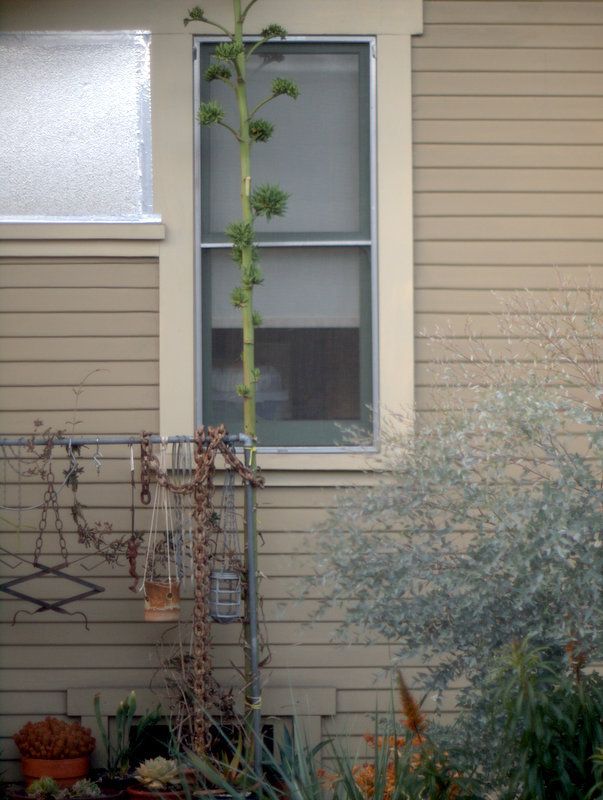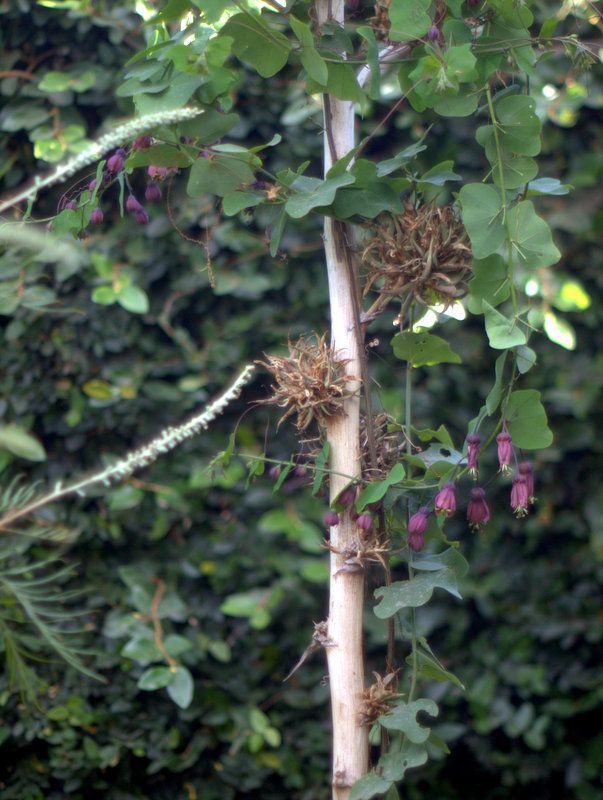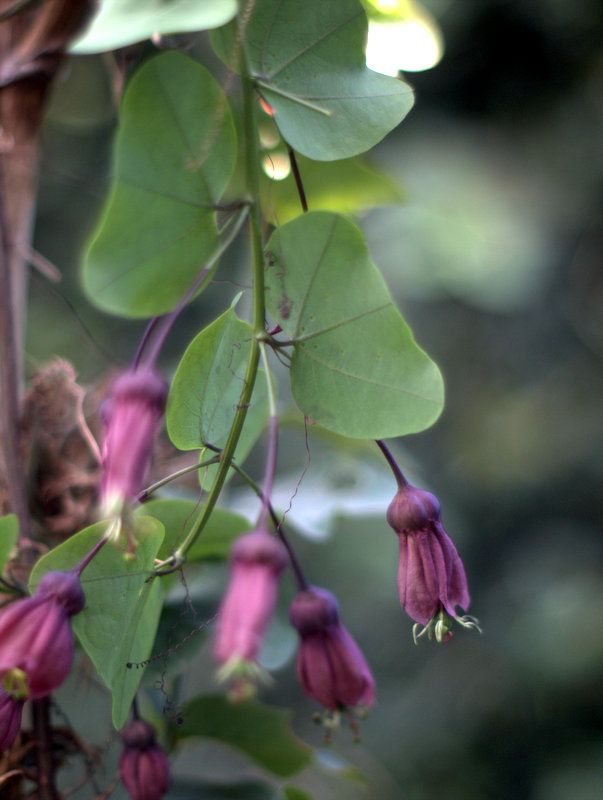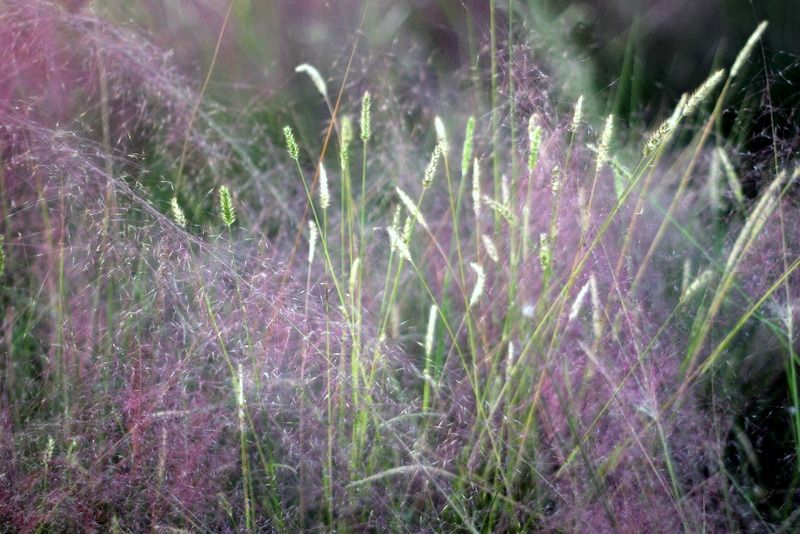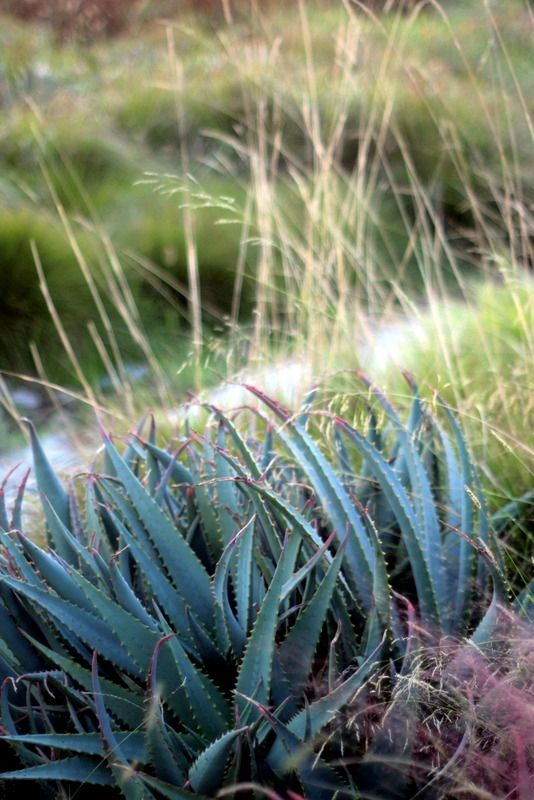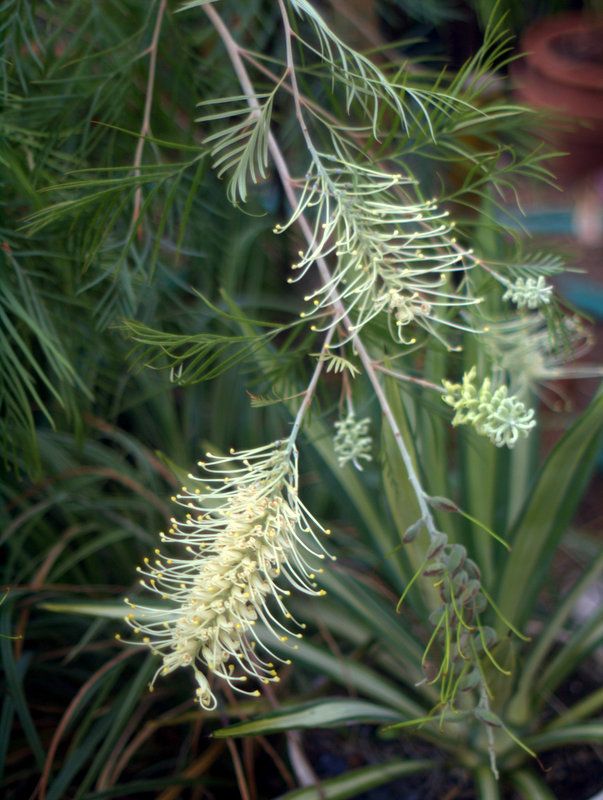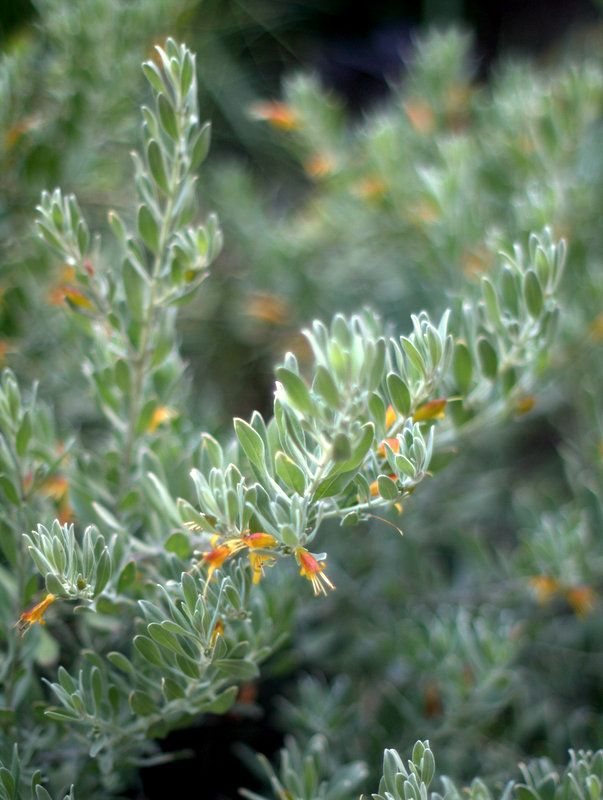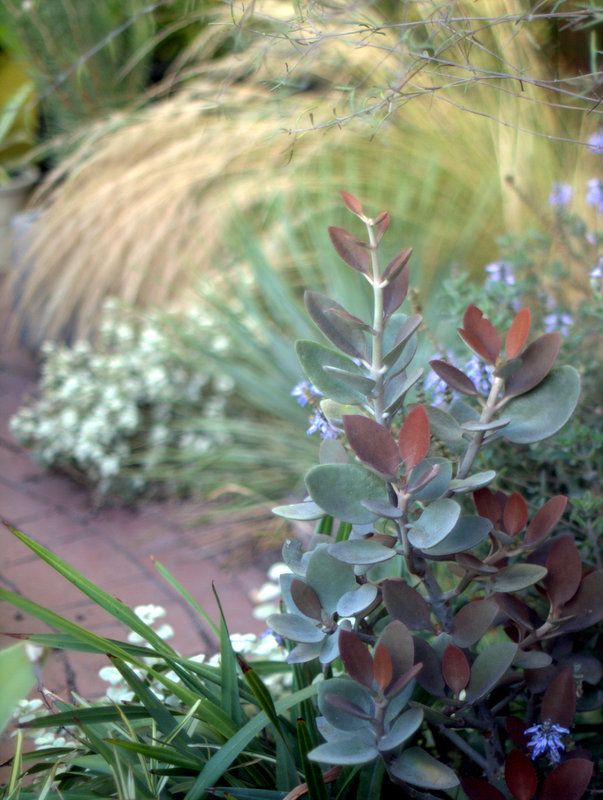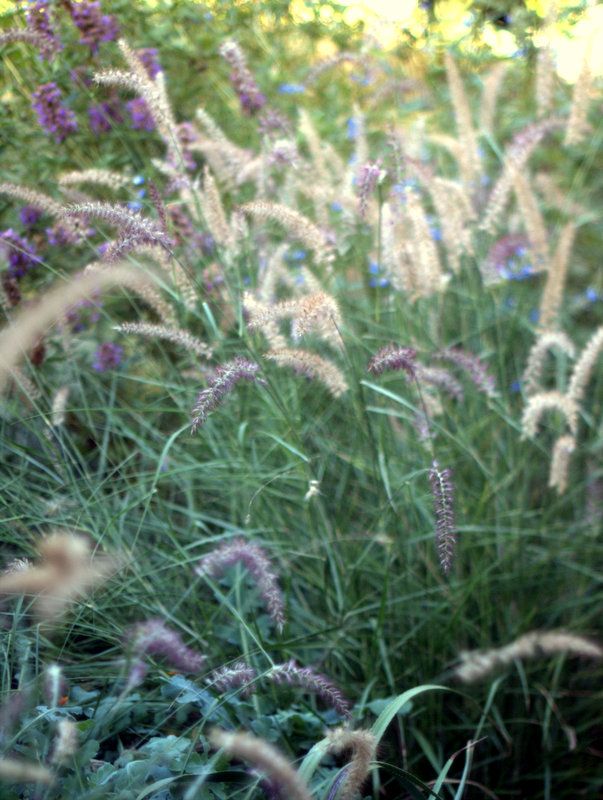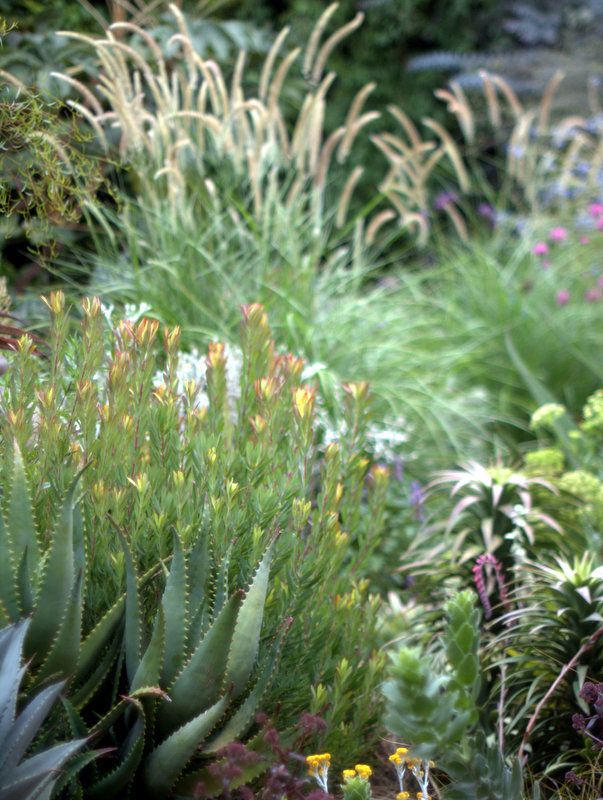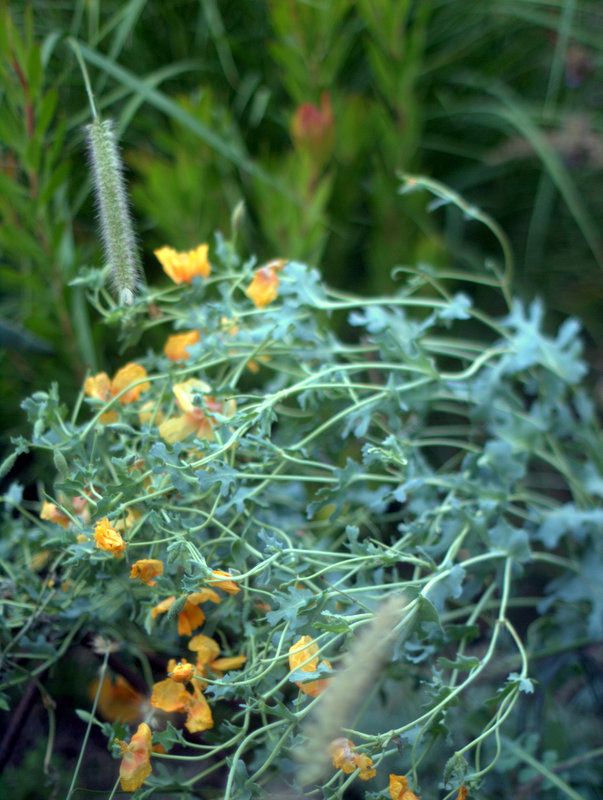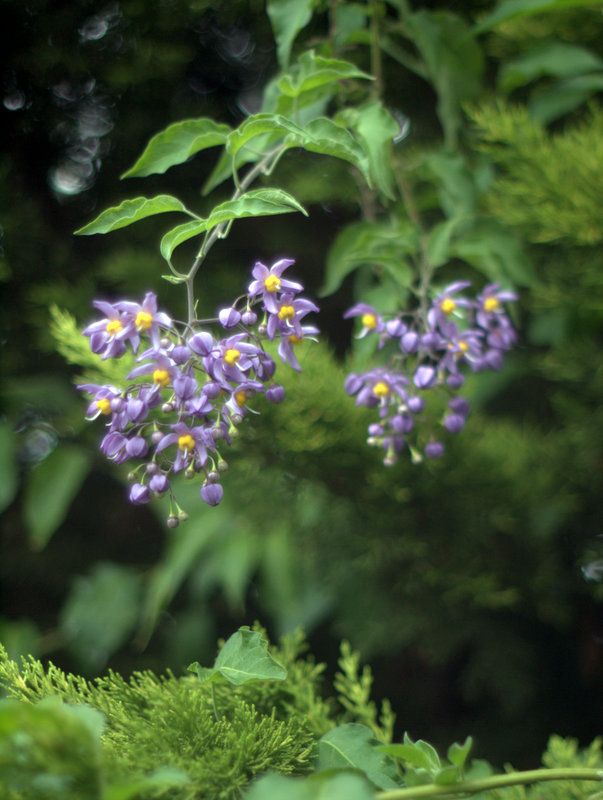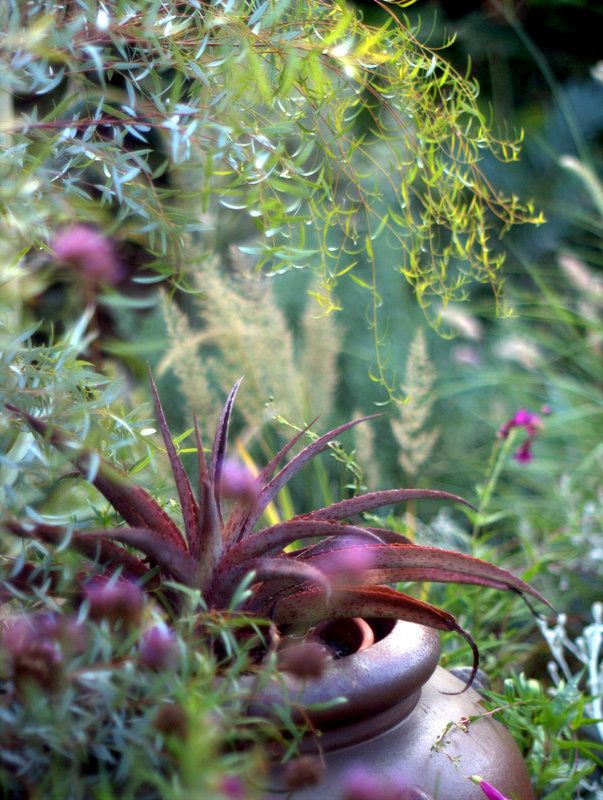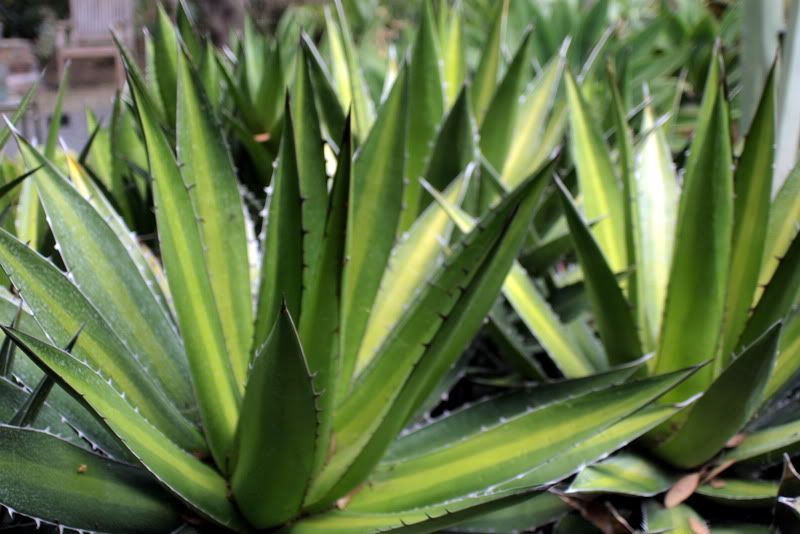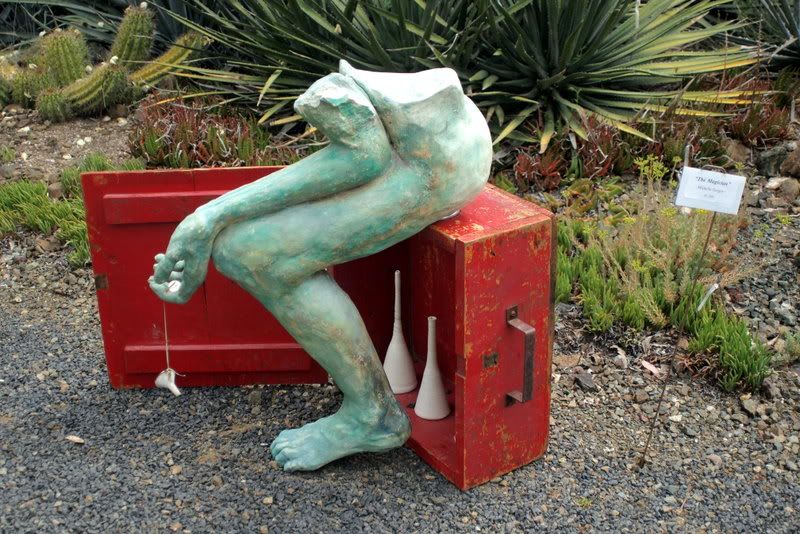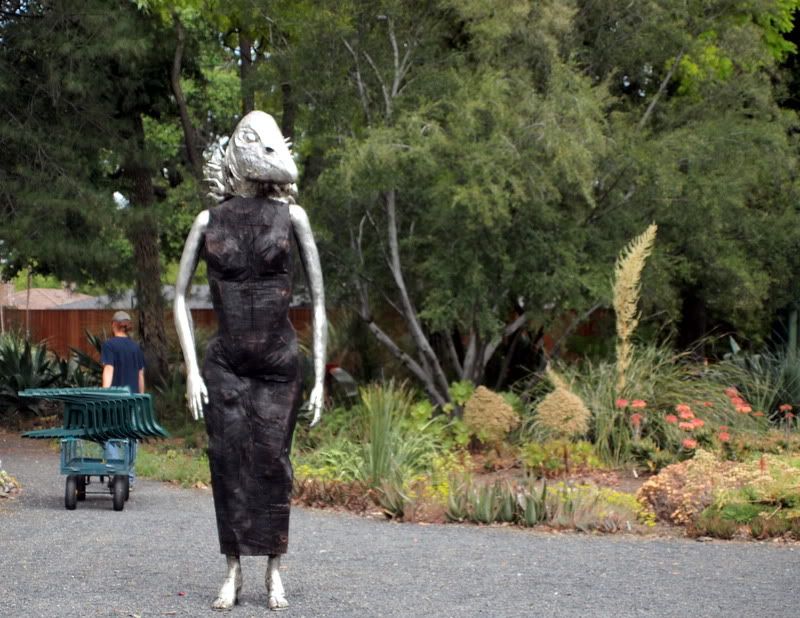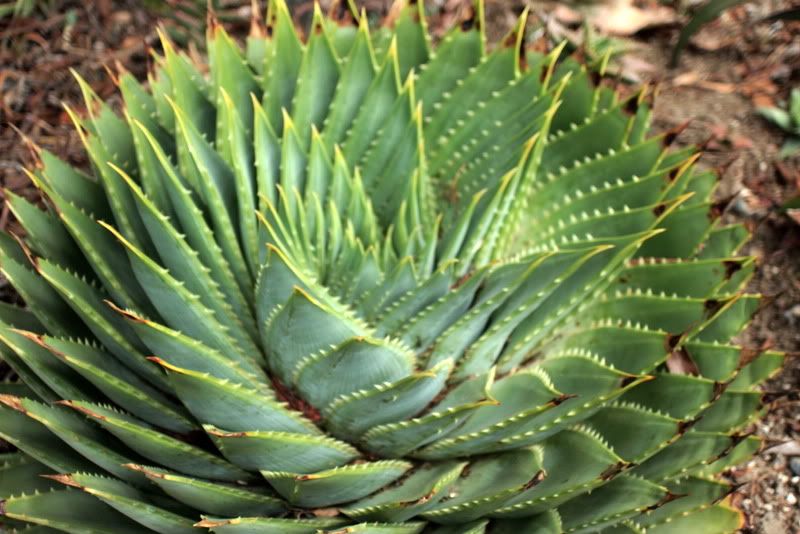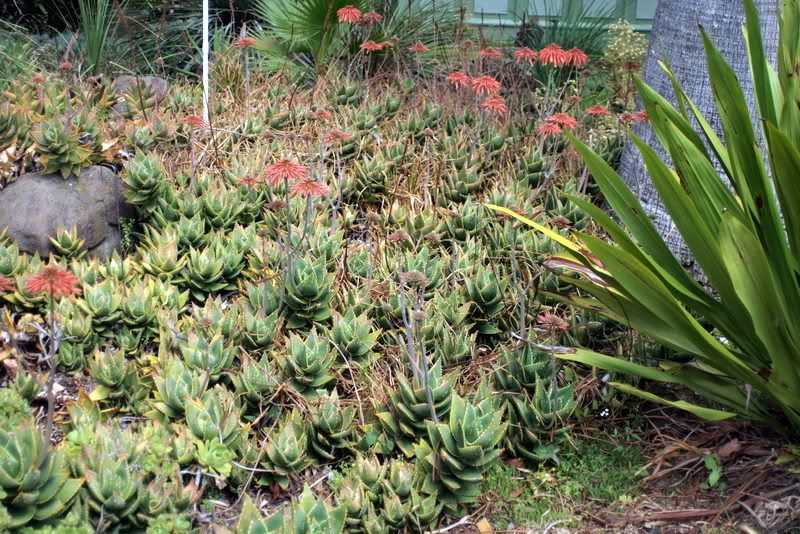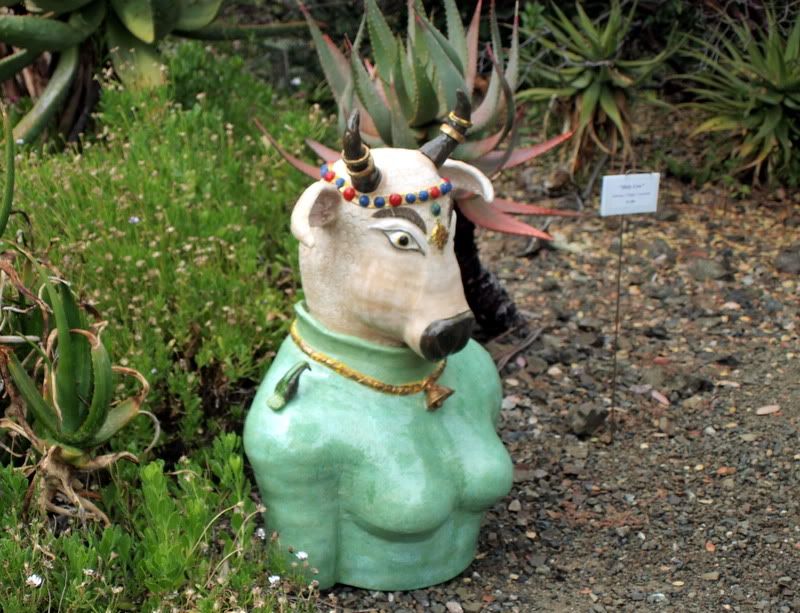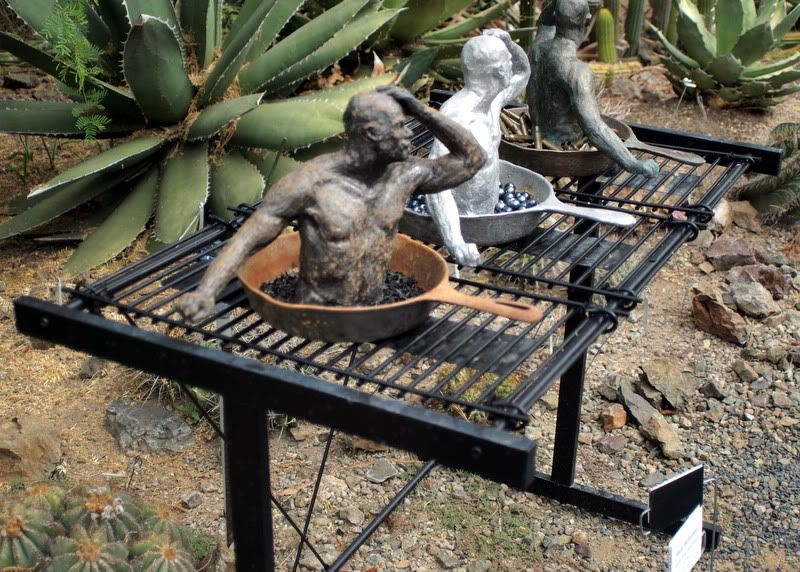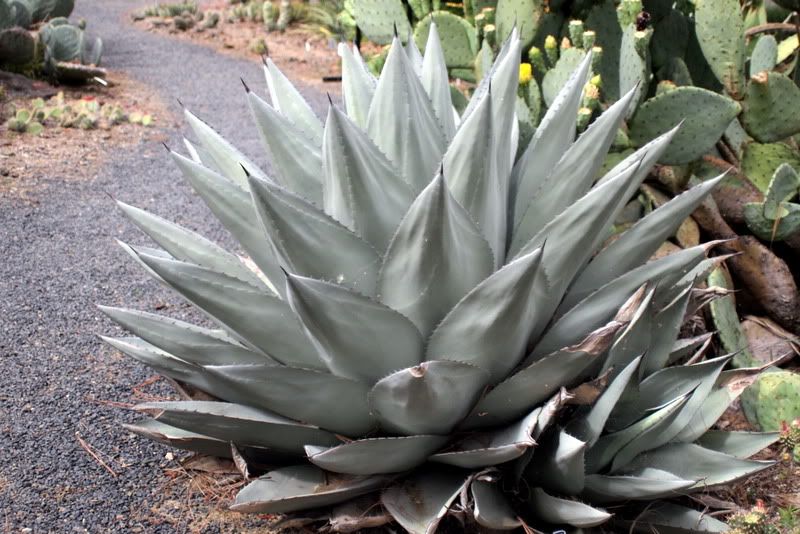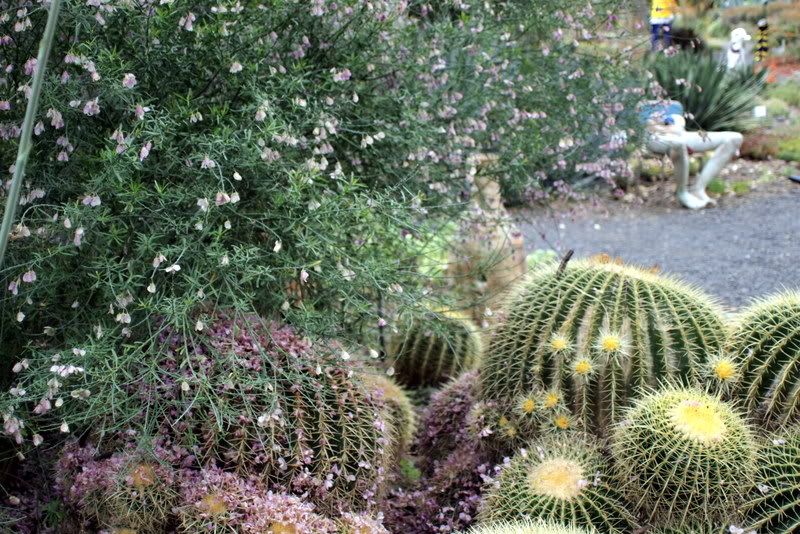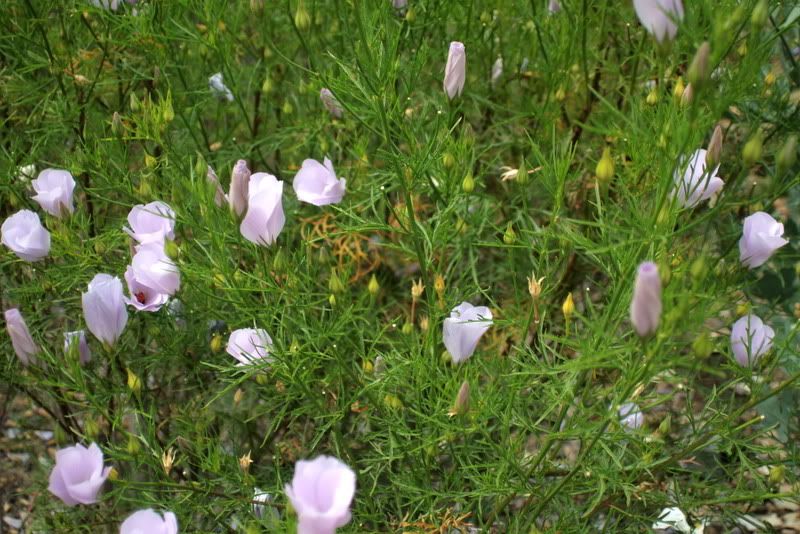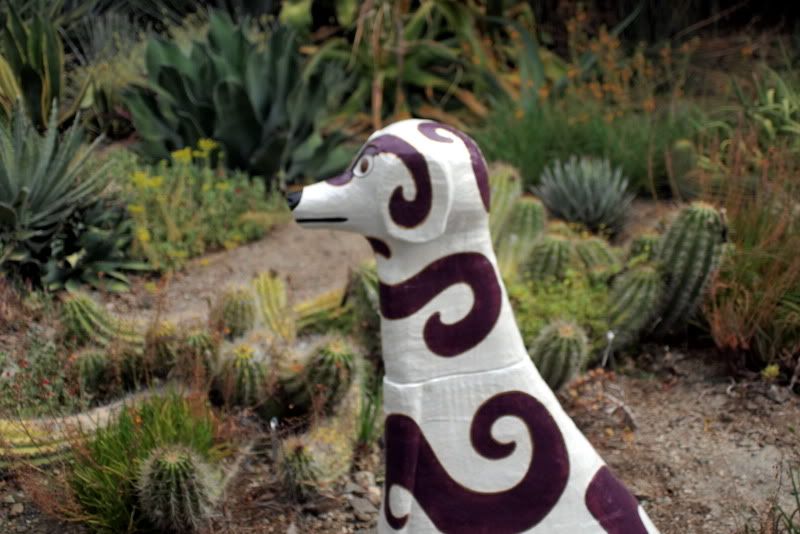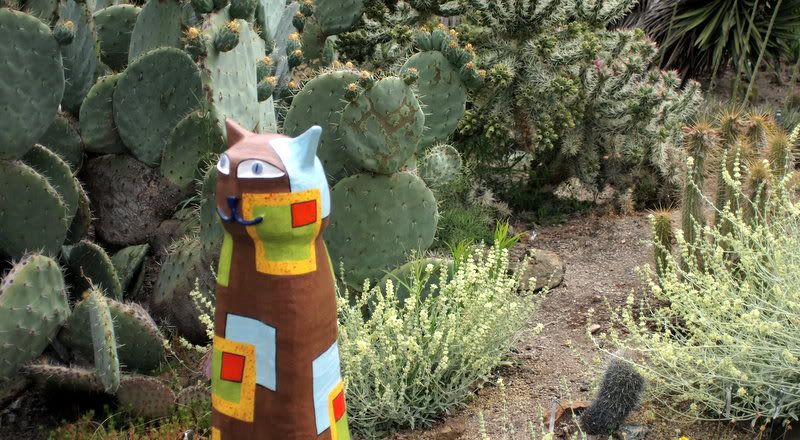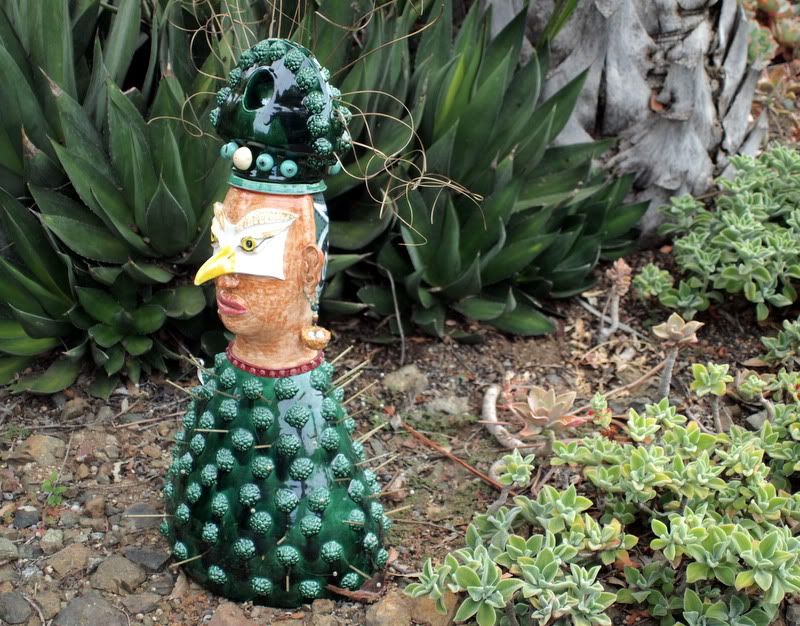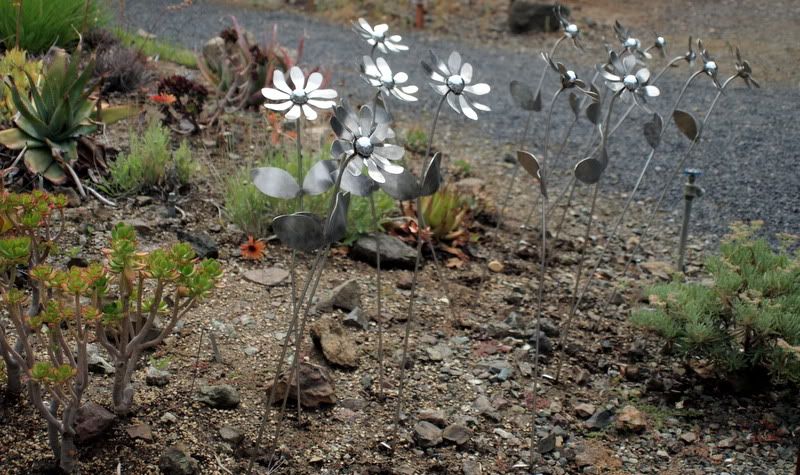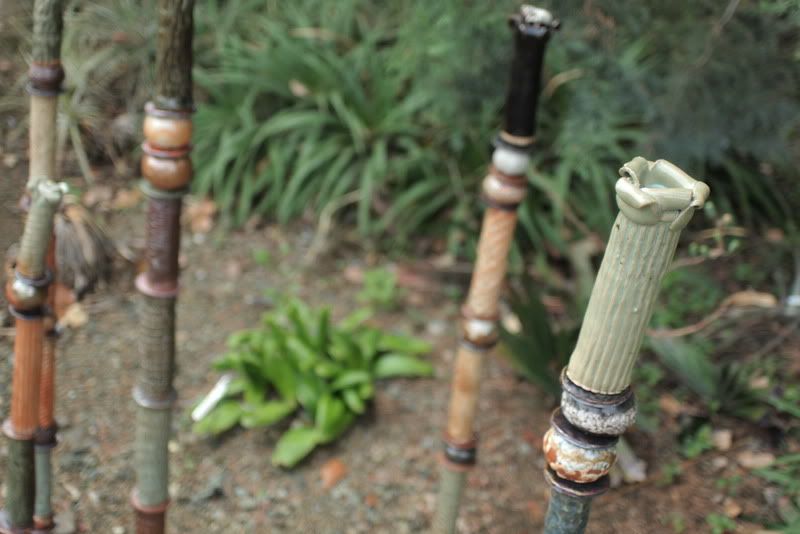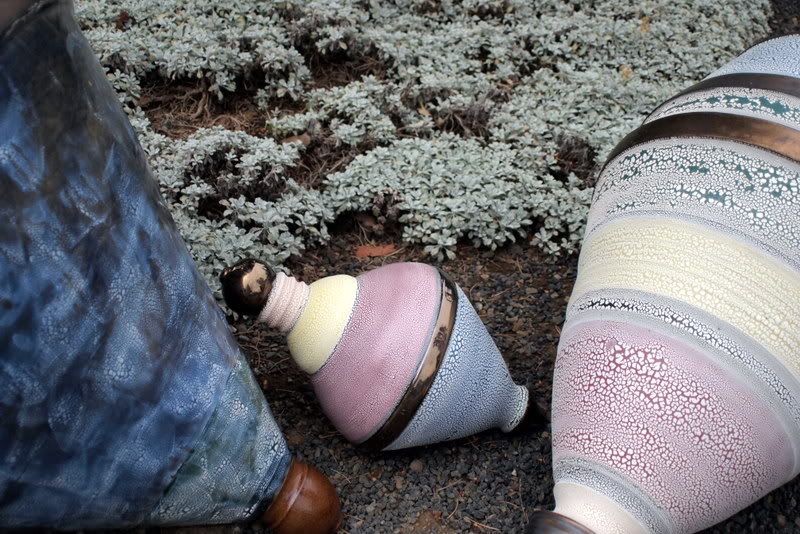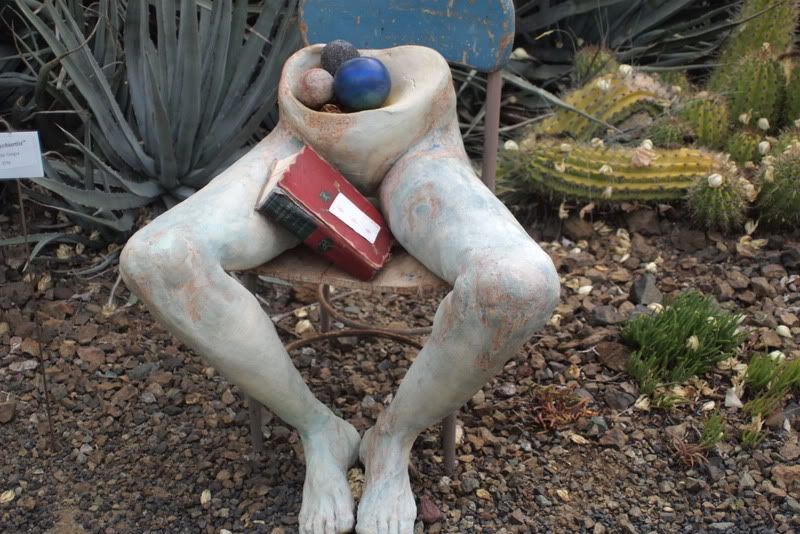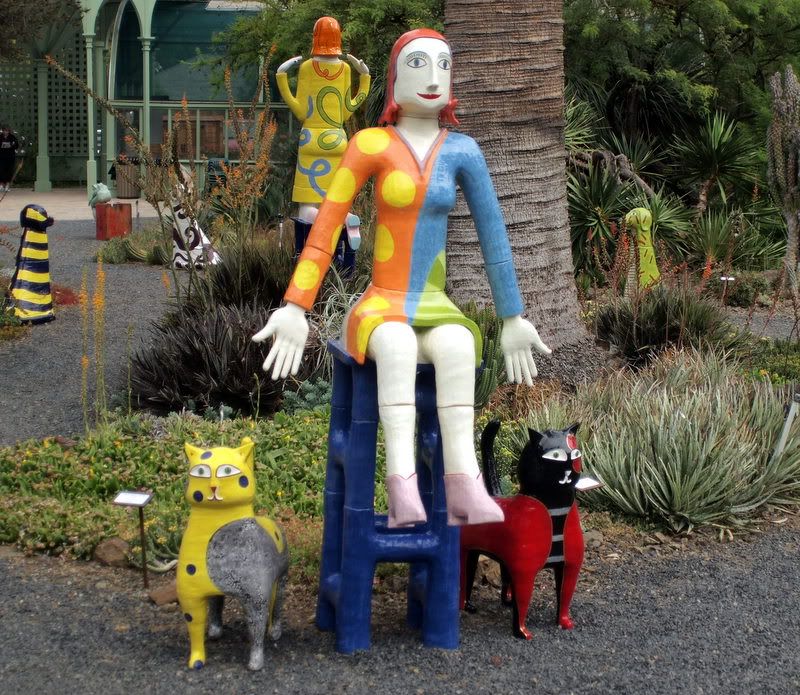My working title for this post was overplanted.com, but I’m glad I checked before posting — that already belongs to Tom Fischer!
Yesterday seemed like a good time to check out Roger’s Gardens in Newport Beach for fall planting. In this brief interval between another holiday, before Roger’s goes all in on Halloween, then Thanksgiving, and then Christmas, I was hoping the nursery’s focus would be single-mindedly on plants, because when it is, nobody does it better. And the plant focus was there to a certain extent. You could almost say I had the nursery to myself, since everyone else seemed to be boisterously enjoying the newly opened restaurant The Farmhouse. This fresh-built, two-day-old outdoor restaurant manages to convey the air of a venerable establishment at least a decade older. Its physical presence makes as big an impact as the Huntington’s new cafeteria. I was floored by its seemingly instantaneous Tuscan-style sumptuousness and elbow-to-elbow diners crowding its tables, like Cecil B. DeMille had barked “Action!” on a big-budget film soundstage. I called Marty on the phone to tell him about it, then quickly turned heel to search for plants. No time for photos. You can check out their website for a look.
The upside to Roger’s preoccupation with holiday retail is these display extravaganzas require vast movements of materials to make room for each holiday, which is when plants and pots really get marked down. When it comes to holidays, I run the gamut from lukewarm to uninterested, but I suppose thanks are owed to all those holiday-themed shoppers, because no doubt their zeal bankrolls the continuing excellence of the plant nursery, not to mention the episodic shots in the arm they give to the economy. I was hoping an Agave xylonacantha ‘Frostbite’ I’ve had my eye on was marked down, but no such luck.

Also not on sale, but I was nonetheless thrilled to find this Acanthus ‘Morning Candle,’ and with multiple bloom spikes too. There seems to be some dispute over its lineage, hungaricus and mollis vs. spinosus and mollis. (Tony Avent says: “most growers wouldn’t know true Acanthus spinosus if it stuck ’em in the rear.”) But what’s agreed on is that it was bred in Holland and is very free blooming. I pray it doesn’t object to zone 10.*
(Edited 9/12/16: It may need to be moved to afternoon shade to avoid the full, flaccid wiltdown it enacts every day. Currently, it has an umbrella propped overhead.)

I’ve always preferred the species/hybrids with narrower leaves over A. mollis. My youngest son’s middle school flanked its entire length, a couple blocks long, with A. mollis, but it doesn’t seem to be planted much anymore. I predict, however, that it will be the new “it” plant any day. Despite my preference for other species, it is undeniably a classic. The Ancient Greeks were nobody’s fool.
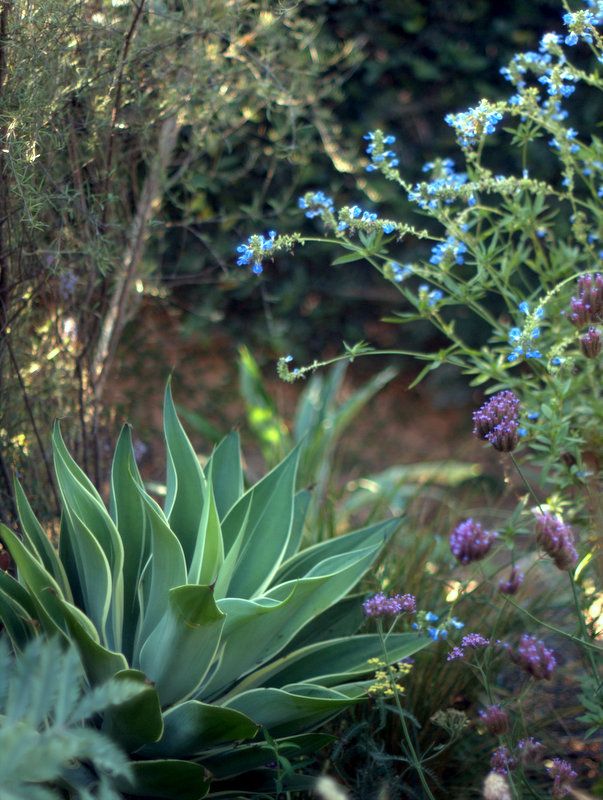
The acanthus was planted behind the agave, where Anisodontea ‘Strybing Beauty’ reached over 5 feet this summer, but always carried as many yellow leaves as green ones.

Anisodontea ‘Strybing Beauty’ this summer, now no more. I did take one cutting, but the cool summers of San Francisco would seem to be its preferred climate. Understandably so, since it used to be mine too. I seem to be getting the rhythm of the heat after all these years, not that this summer broke any records here. It’s been unbearably, distractingly lovely for the most part, and I’ve spent every available minute well away from computers.

This self-sown Echium simplex is enjoying some newfound breathing room after the anisodontea was removed.

This unlabeled Salvia greggii/microphylla hybrid was on sale and has already been stuffed into the container with Stachys ‘Bella Grigio.’ In the post-shopping planting frenzy, I pulled out the Japanese sunflower going to seed in the stock tank to make room for dwarf Tagetes lemmonii, the Copper Canyon Daisy for fall. And I brought home yet another grass, Miscanthus ‘Little Kitten.’

Am I being a complete bore yet about grasses? There’s really nothing as transformative, with a relatively slim footprint and such a magnificent, seasonal surge of growth. Without the space or water resources to support half the summer stuff I want to grow, the grasses are almost consolation enough. Pennisetum ‘Fairy Tales’ was planted from gallons this spring, from the Huntington’s plant sale.
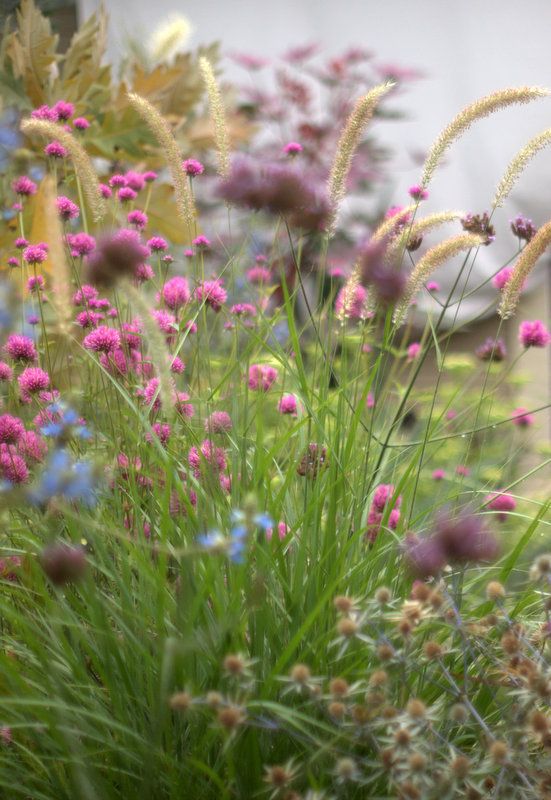
Catching and playing with light, wind, they’re as mesmerizing as staring at a campfire.

Now to the plants I didn’t buy yesterday. Plants that spent time in my shopping basket but were ultimately removed included, among many, the chartreuse Santolina ‘Lemon Fizz’ in 4-inch pots and Ballota ‘All Hallows Green.’ The 4-inch size is so tempting, and the selection was very good, including Ceanothus ‘Diamond Heights,’ Verbascum bombyciferum. I’m already growing ‘All Hallows Green’ in my garden, as seen in the photo above. I wish there was room for a half dozen more in 4-inch pots.
I lingered over a new echium offering from Annie’s Annuals & Perennials, Echium webbii, a reputedly “dwarf version” of fatuosum.
Metapanax davidii was tempting but a bit too disheveled. I prefer M. delavayi’s much finer cut leaf. In the herbs/veg section I found Calamintha nepetoides and grabbed three. Unlike the stellar ‘Montrose White,’ they will reseed, but it’s so rare to find calamints that I went for it. Grown by Native Sons.
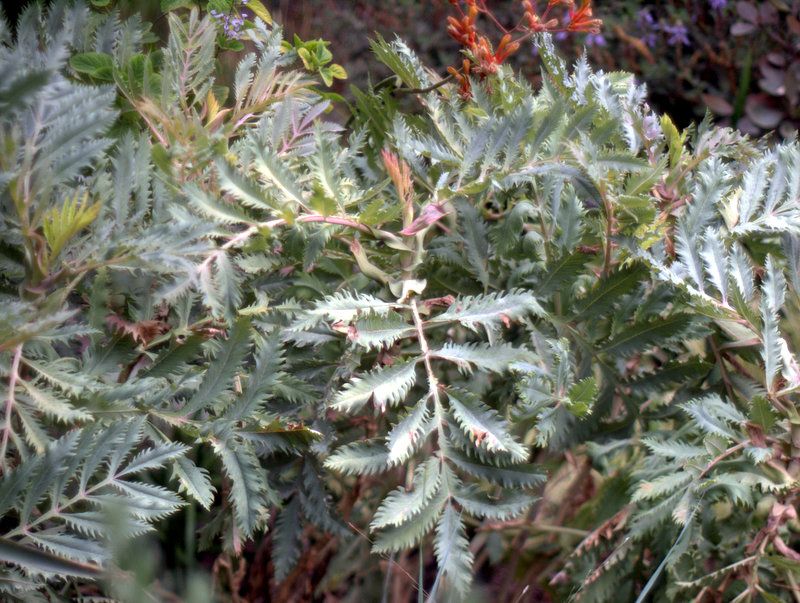
Speaking of disheveled, summer’s shabbiest award goes to Melianthus ‘Purple Haze,’ and that’s only because its weary leaves are usually cut to the ground by August. That it made it through July/August at all was only by the grace of drip hoses, but it’s undeniably crisped and thin. Knocking back that leaf canopy mid summer always seemed to desolate this end of the garden. New growth is already showing, and I’ll cut down old growth when it’s made more headway.

Other than what I’ve ripped out/transplanted, there’s been no real losses this summer. If I’ve already blogged about terrible losses and forgotten, don’t remind me. The drip hoses have resulted in some mad growth, including this solanum vine, now stretching from the top of the 18-foot cypresses down nearly to the ground.
And just to be clear, I have nothing against holidays! Especially the long Labor Day Weekend. Have a great one.
P.S. I’m going to figure out who won the little Muradian pot later this weekend.
